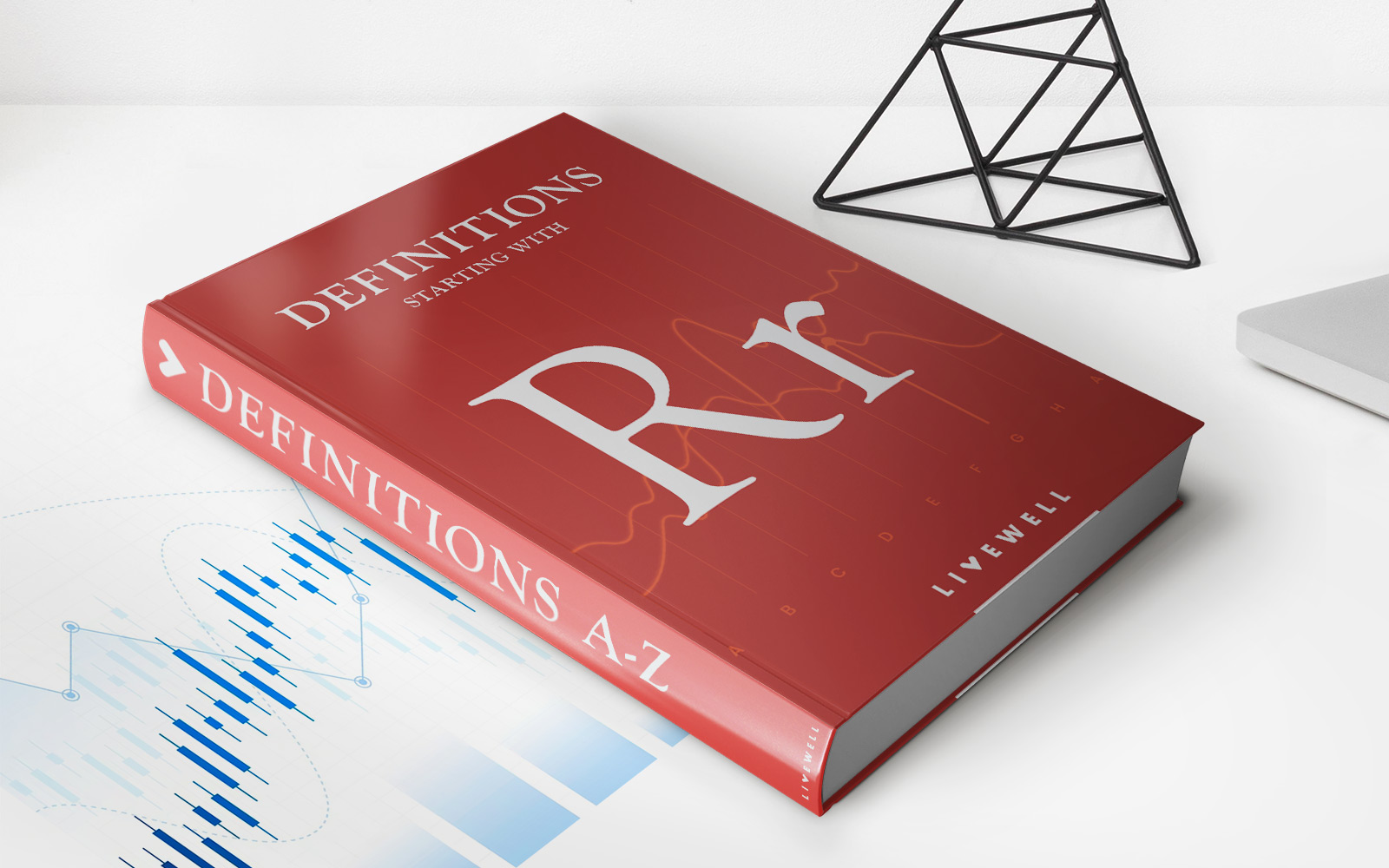

Finance
Delayed Rate Setting Swap Definition
Published: November 10, 2023
Learn the definition of delayed rate setting swaps in finance. Understand how this financial instrument works and its implications.
(Many of the links in this article redirect to a specific reviewed product. Your purchase of these products through affiliate links helps to generate commission for LiveWell, at no extra cost. Learn more)
Understanding Delayed Rate Setting Swap Definition
In the world of finance, there are countless terms and concepts that can sometimes be overwhelming to grasp. One such term is the Delayed Rate Setting Swap. If you’ve stumbled upon this blog post while searching for information on Delayed Rate Setting Swaps, you’re in the right place! In this article, we’ll break down the definition of Delayed Rate Setting Swaps, how they work, and why they are an important tool in the financial industry.
Key Takeaways:
- A Delayed Rate Setting Swap is a financial derivative that allows two parties to exchange future streams of interest payments based on a specified notional amount.
- The key feature of a Delayed Rate Setting Swap is the delay in determining the floating rate that will be used throughout the life of the swap.
A Delayed Rate Setting Swap is a type of financial derivative instrument that allows two parties to exchange future streams of interest payments based on a specified notional amount. The notional amount represents the hypothetical amount of the underlying asset on which the swap is based. This type of swap involves two main parties: the fixed-rate payer and the floating-rate payer.
Now you might be wondering, how does a Delayed Rate Setting Swap work? Well, unlike traditional interest rate swaps where the floating rate is set at the beginning, a Delayed Rate Setting Swap involves a delay in determining the floating rate that will be used throughout the life of the swap. This delay is typically for a specified period of time, after which the floating rate is set based on a predetermined reference interest rate, such as LIBOR (London Interbank Offered Rate).
Delayed Rate Setting Swaps are commonly used by entities with future interest rate exposures, such as banks, corporations, and institutional investors, as a way to manage their interest rate risk. By entering into a Delayed Rate Setting Swap, these entities can mitigate the potential adverse effects of interest rate fluctuations on their financial positions.
Let’s summarize the key takeaways about Delayed Rate Setting Swaps:
- A Delayed Rate Setting Swap is a financial derivative that allows two parties to exchange future streams of interest payments based on a specified notional amount.
- The key feature of a Delayed Rate Setting Swap is the delay in determining the floating rate that will be used throughout the life of the swap.
- Delayed Rate Setting Swaps are commonly used by entities with future interest rate exposures to manage their interest rate risk.
In conclusion, Delayed Rate Setting Swaps are an important tool in the financial industry, providing a means for entities to manage their interest rate risk. By understanding the definition and mechanics of Delayed Rate Setting Swaps, you can navigate the world of finance with a clearer understanding of this particular financial derivative.














